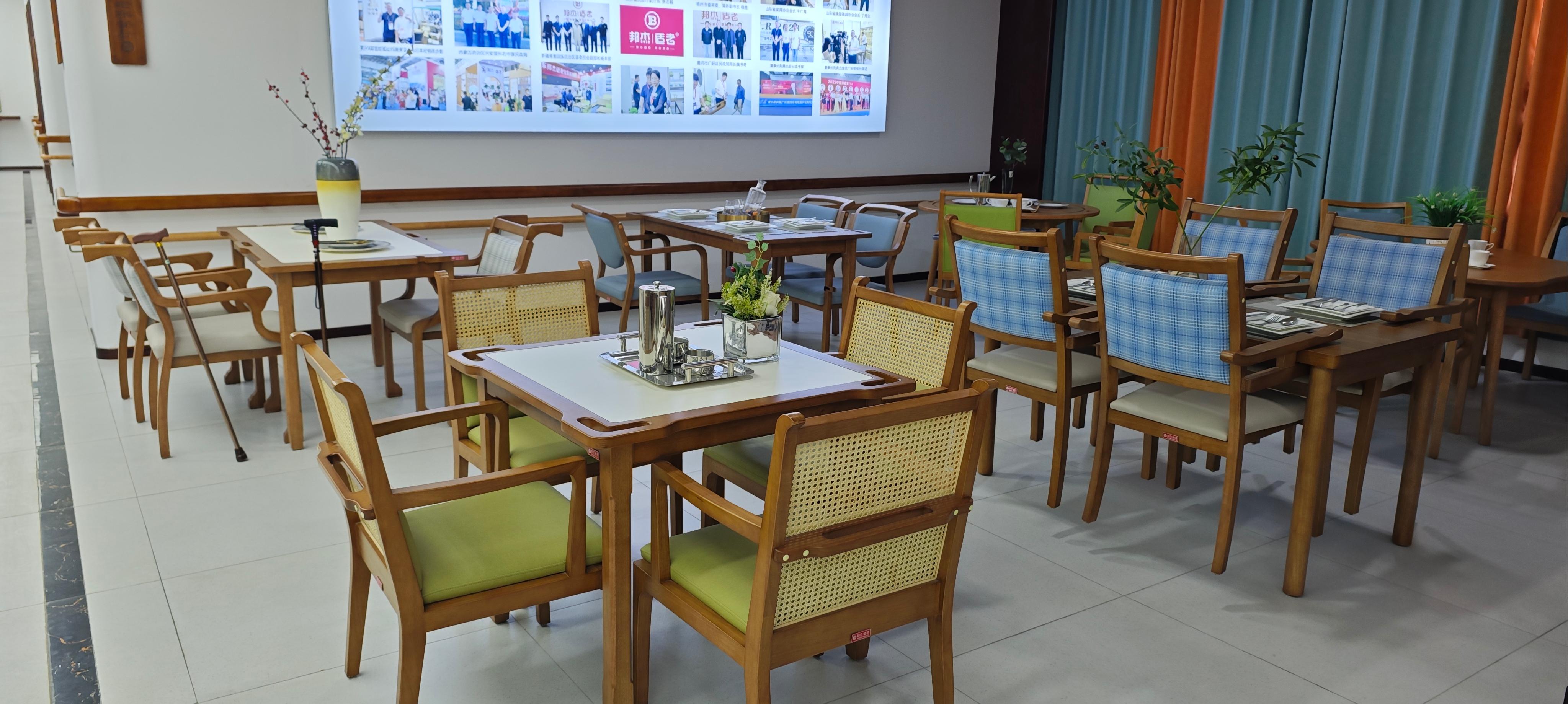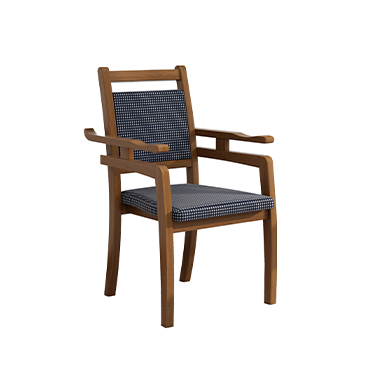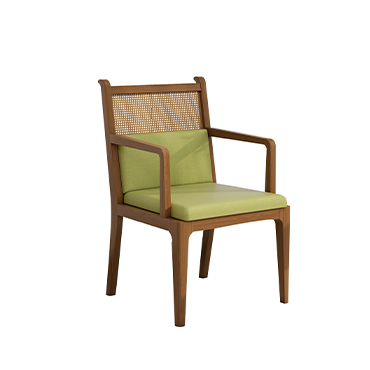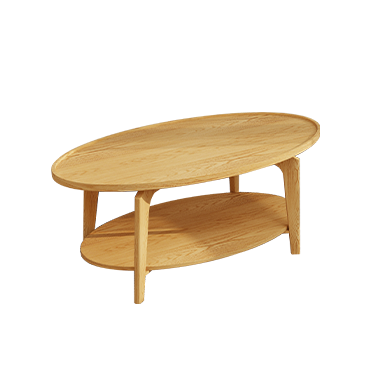How Senior-Friendly Furniture Improves Sleep Quality in the Elderly
Poor sleep is not just a nuisance for older adults—it’s a serious health concern.
As people age, sleep problems become increasingly common: difficulty falling asleep, light sleep, frequent awakenings, and an inability to return to sleep. Studies show that more than 50% of people over the age of 60 experience some form of sleep disturbance.
What many don’t realize is that well-designed senior-friendly furniture—particularly in the bedroom—can significantly improve sleep quality. In this article, we explore how specialized furniture helps address sleep challenges in older adults, from a scientific and practical perspective.
Why Do Older Adults Struggle With Sleep?
Aging-related sleep problems are not inevitable. They are often linked to:
Reduced melatonin secretion, leading to circadian rhythm disruption
Chronic health conditions, such as arthritis, cardiovascular issues, or enlarged prostate
Psychological factors, including anxiety, loneliness, or depression
Unsuitable bedding or mattresses that cause discomfort or aggravate existing conditions
Senior-friendly bedroom furniture offers targeted solutions to these problems.
How Senior Furniture Improves Sleep Quality
1.Electric Adjustable Beds: Promote Better Body Positioning
Medical studies show that slightly elevating the legs and head while lying down can ease swelling, reduce acid reflux, and improve breathing. These principles are built into electric adjustable beds designed for seniors.
Such beds typically feature:
Multi-angle adjustable head and foot sections: Improve circulation and relieve joint pressure
Remote or voice control systems: Simple to operate, even when lying down
These adjustable functions help seniors find a more comfortable position for rest, reducing nighttime movement and increasing deep sleep duration.
2.Pressure-Relieving Mattresses: Improve Comfort and Safety
Older adults often suffer from pressure sensitivity and limited mobility, especially those who spend extended time in bed. Senior-grade mattresses with zoned support or air pressure systems offer:
Targeted pressure relief for hips, shoulders, and back
Enhanced circulation and reduced need for repositioning
Lower risk of pressure ulcers and nighttime pain
These features lead to more restful and uninterrupted sleep.
3.Temperature and Moisture Control: Stay Cool and Comfortable
High-quality sleep surfaces use materials such as natural latex, breathable fiber, and memory foam with ventilation, helping to:
Reduce sweat and overheating
Maintain optimal humidity levels
Prevent mold or bacteria buildup
Such materials create a healthier and more comfortable microenvironment for sleep.
4.Nighttime Safety Features: Reduce Falls and Anxiety
Frequent nighttime awakenings and trips to the bathroom increase fall risk. Senior-friendly furniture addresses this with:
Built-in side rails or grab bars: Assist in getting in and out of bed
Motion-sensor night lights: Provide gentle lighting during nighttime movement
Anti-slip base structures: Keep the bed stable and prevent sliding
These safety measures boost confidence and minimize sleep interruptions caused by fear of falling.
Sleep Is the Foundation of Elderly Health
Improving sleep quality is not just about comfort—it has measurable health benefits:
Strengthens the immune system
Stabilizes mood and reduces anxiety or depression
Enhances memory and slows cognitive decline
Lowers the risk of heart disease, high blood pressure, and diabetes
In short: better sleep means healthier, more independent aging.
Conclusion: An Investment in Dignity and Well-Being
Senior-friendly furniture is not a luxury. It’s the result of years of interdisciplinary research in gerontology, ergonomics, materials science, and elderly care.
It’s an essential part of creating a home where seniors can sleep safely, confidently, and with dignity. Whether for a loved one or for your own aging journey, choosing senior-grade bedroom furniture is a smart, science-backed investment in long-term health.





